Does Medicare Cover Stair Lifts?
Learn about Medicare coverage for stair lifts and what options you have if you want to get coverage.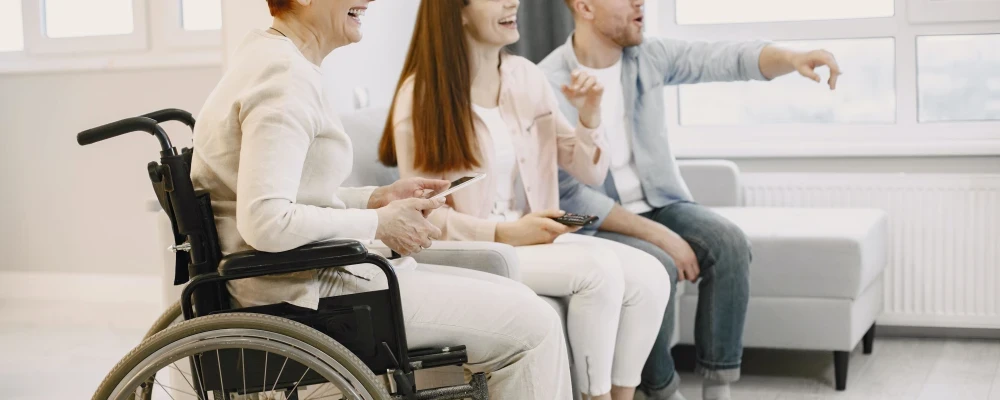
Our content follows strict guidelines for editorial accuracy and integrity. Learn about our and how we make money.
Many people who are eligible for Medicare don’t know about the coverage and benefits they can get when they join the program.
One question that pops up a lot is “Does Medicare cover stair lifts?” However, the answer isn’t straightforward and it will depend on several factors.
Read our guide to find out what coverage Medicare, Medicare Advantage, Medicaid, and the VA offer for stair lifts and learn about the cost of getting one.
What Is a stair lift?
A stair lift is a device that helps people who have trouble walking up and downstairs. It consists of a seat attached to a rail that’s mounted on the stairs.
The seat can be raised or lowered using a remote control, and it can be swiveled to help the rider get on and off the lift.
Stair lifts can make it possible for people with mobility issues to live independently, and they can help improve the quality of life for people with disabilities and injuries.
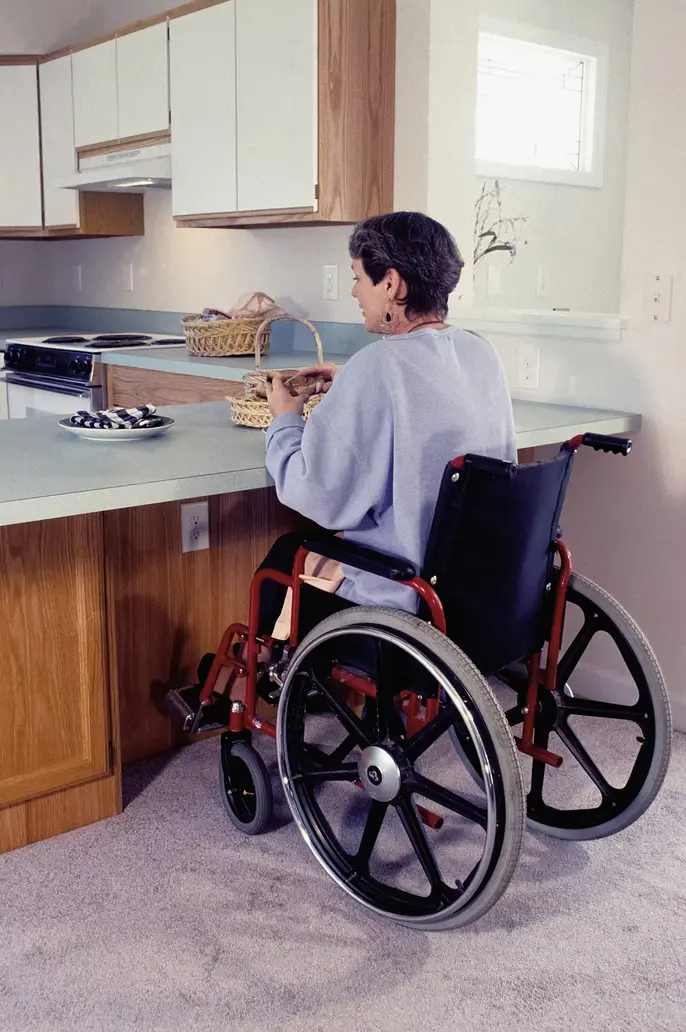
Source: Unsplash
Some stair lift models also come with features like heat and massage, which can help to reduce pain and stiffness. However, these are generally top-of-the-line models and can cost a lot of money.
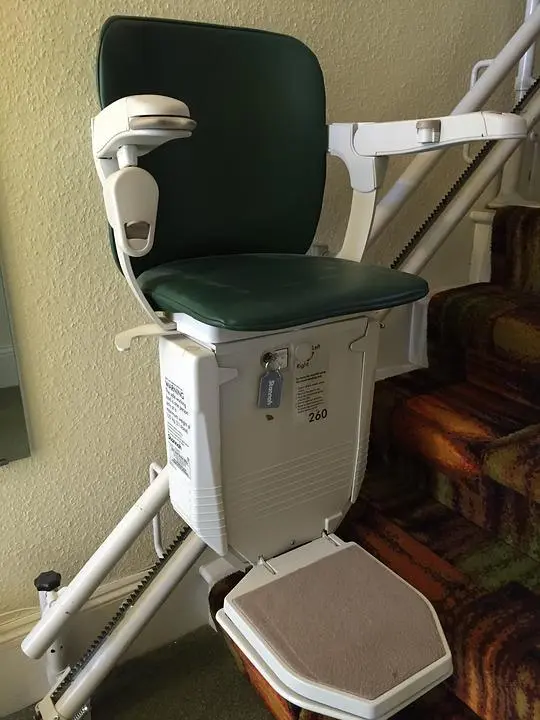
Source: Pixabay
Does Medicare Cover stair lifts?
According to the CMS guidelines, Original Medicare does not cover the cost of a stair lift.
While some people might consider stair lifts durable medical equipment (DME), the CMS has a list of items that it covers. Unfortunately, most stair lifts aren’t listed as coverable items in this list.
One potential exception is a posture-adjusting stair lift that raises the position of a person from lying down to sitting. However, this feature is usually only available on higher-end models that will cost thousands of dollars.
What Is Original Medicare?
Original Medicare is the federal Medicare program for hospital and general medical expenses.
Original Medicare is made up of Part A and Part B. This is different from Medicare Advantage, which are Medicare health plans that are run by private health insurance companies.
You’ll, however, be required to prove that having a posture-adjusting stair lift is medically necessary and go through the process of applying for durable medical equipment if you want Medicare to cover your stair lift.
This means you’ll have to:
1) First get a referral from your doctor for a specialist physician to see if you need a posture-adjusting stair lift.
2) Get the specialist physician to recommend the posture-adjusting stair lift as a medically necessary device.
3) Submit your request for approval by Medicare.
4) Wait for their verdict. (Remember, they can still refuse your request).
Keep in mind that you may have to cover the initial cost of installing a posture-adjusting stair lift in your home and then claim back this expense through Medicare.
In general, stair lifts are also not covered by Medicare Supplemental Insurance because these plans are designed to supplement Original Medicare costs.
If Original Medicare doesn’t cover a medical expense, then your Medicare supplemental insurance won’t cover it.
Our advice is to discuss options with your physician before you decide to get a stair lift. There may be alternatives that can offer you similar levels of mobility that Medicare will cover.
The Different Medicare Options and Their Costs
Medicare Part A is hospital insurance or inpatient coverage. With Medicare Part A, you’ll need to pay a deductible for each benefit period in the hospital. There's also a monthly premium for people who haven't contributed Medicare taxes for forty financial quarters before they’ve joined the program.
Medicare Part B is outpatient medical insurance or nonhospital insurance. With Part B expenses, Medicare covers 80% of your outpatient medical costs and you pay 20%. You’ll need to pay a monthly premium for Part B cover and a yearly deductible.
Medicare Part D is prescription drug coverage that you can buy as part of your Medicare Advantage coverage or a standalone prescription drug plan.
Medicare Advantage (Previously Part C) are health plans that cover Part A and Part B costs and, in some cases, Part D. They offer the same level of insurance as Original Medicare and offer members additional coverage, such as dental benefits and expanded coverage for medical equipment.

Source: Unsplash
Will My Medicare Advantage Plan Cover a stair lift?
Some Medicare Advantage Plans may cover stair lifts, so it’s worth checking with your plan provider to see if this is an option for you.
These plans, also known as Part C, are offered by private insurance companies and sometimes cover things that Medicare does not.
Some significant “extras” that Medicare Advantage Plans offer members include vision, dental, and hearing coverage.
You’ll need to check with your health care plan provider to ensure that stair lifts are covered under your plan.
If your current plan doesn’t cover stair lifts, there may be one in your area that does. The great thing about Medicare Advantage Plans is that you can change plans if you’re unhappy with the benefits or services.
Reach out to one of our insurance agents to discuss the coverage options in your county and see if there is a plan that will offer you coverage for a stair lift and other mobility-related medical devices.

Source: Unsplash
Does Medicaid Cover stair lifts?
Medicaid is a government-funded health insurance program for people with low incomes. Each state has different rules about what Medicaid covers, but some state Medicaid programs may cover stair lifts if you qualify according to their rules.
However, this is a complicated question because there are various Medicaid programs in each state. The simplest answer is that some might cover stair lifts, while others will not.
For example, some states have Community Medicaid, Nursing Home Programs, and Health Insurance Premium Payment Programs for Medicaid members. One program may consider stair lifts to be a coverable expense, while another might not.
There’s no straightforward answer to whether Medicaid will pay for a stair lift, and you’ll need to check with your local program to see what they will cover.
If you’re on Medicaid, the best way would be to contact your county’s Medicaid office to find out whether you will be able to get a stair lift covered.
Does the VA Provide stair lift Funding?
A stair lift can be beneficial for veterans with mobility limitations or injuries that prevent them from moving around without assistance. They can also help with independence by providing safe access to all levels of a home.
Some stair lifts might be considered durable medical equipment (DME) and may be covered by the Veterans Affairs (VA) health care program for those who have a service-connected disability or injury.
What Is a Service-related Disability?
A service-connected disability is any injury or illness caused or aggravated by active military service.
Veterans who have a service-related disability are eligible for coverage through the VA, including medical care, disability compensation, and education benefits.
The VA will assign a disability rating to determine the level of benefits the veteran is eligible for. Service-connected disabilities can range from mild to severe, and VA benefits can make a big difference in the quality of life for disabled veterans.
To receive VA benefits, veterans must first submit proof of their military service and a condition diagnosis from a VA-approved doctor.
If you are a veteran with a service-connected disability, contact your local VA medical center or office to see if you are covered for stair lifts under your current benefit plan.
If you have Medicare Advantage, you may also want to check with your private insurance provider to see if stair lifts are covered. This can help if you are only partially covered by the VA for a stair lift in your home.
If your Medicare Advantage plan doesn’t offer cover, reach out to one of our agents to look at options in your area and see if there are plans that cover stair lifts.
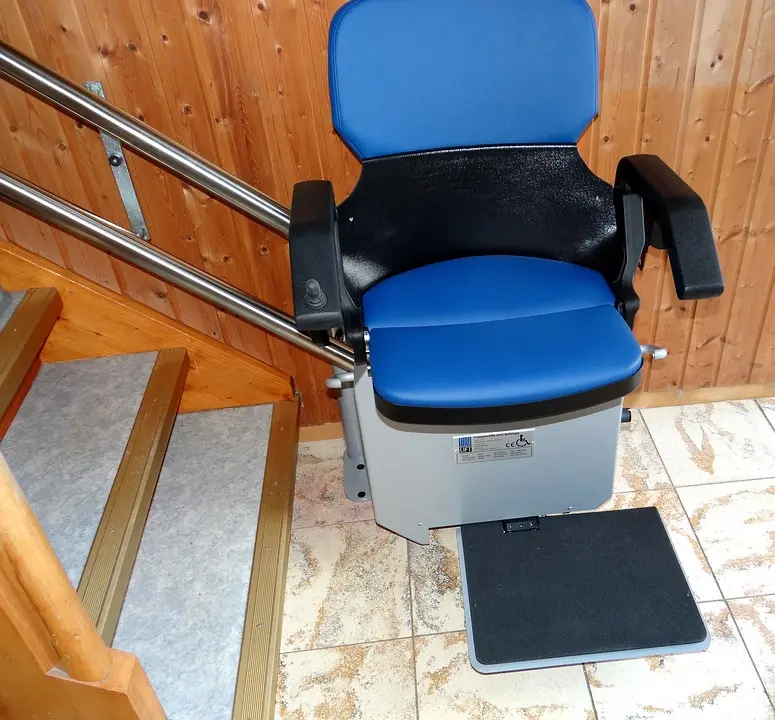
Source: Pixabay
How Much Does a stair lift Cost?
Prices can vary depending on the type of stair lift, the features it offers, and the company you purchase it from. A basic stair lift typically starts around $1,500, while a stair lift model with more features can cost upwards of $4,000 - $5,000.
The cost will also depend on the type of stair lift you buy as prices for curved staircase stair lifts are generally more expensive than straight staircase models.
Other stair lift Costs
Another cost that you’ll need to consider is the installation fee. stair lifts are usually bolted to the wall along the stairs, and rails need to be fitted that accommodate the stairs' length and shape. The company installing your stair lift will usually charge an installation fee which costs a few hundred dollars.
You may also have to pay for some home modifications. For example, whether you have a curved staircase or a straight staircase in your home will impact the cost of installation.
Also, think about maintenance and repair costs for your stair lift once it’s installed. If it breaks down for any reason, you’ll need to call a repairman to fix it before you can use it.
If the cost of a stair lift is out of your price range and your Medicare Advantage Plan doesn’t cover you, consider changing your plan to one that will pay for a stair lift. You can also look into alternatives that may be more affordable.
Buying vs. Renting a stair lift
Some companies also offer rental and leasing options, which can be a more budget-friendly option for those who only need a stair lift on a short-term basis.
Renting a stair lift: This may be more affordable, however, you’ll have to keep up with monthly payments if you want to keep the stair lift in your home.
Buying a stair lift: You will be able to keep your stair lift for as long as you want and if you buy it outright, you won’t have to pay monthly fees to keep it.
Some companies also offer financing so that you can buy your stair lift and you can pay it off over an extended period.

Source: Unsplash
Is There an Alternative to a stair lift?
Depending on your needs and situation, there are a few options that may offer you more mobility. Let’s go over a few of them in more detail:
One option is getting a ramp for small stairs in your home. Ramps can be installed either permanently or temporarily and can be made of various materials, including wood, metal, or concrete.
Another possibility is a platform lift, it’s similar to a stair lift but it can also accommodate people in wheelchairs. These are also known as patient lifts or wheelchair lifts.
If you only need help to get up and down a few steps, you may be able to use a stair climber or handrail to improve your mobility.
It’s best to talk to your doctor or a mobility specialist to see what option would be best for you and your budget.
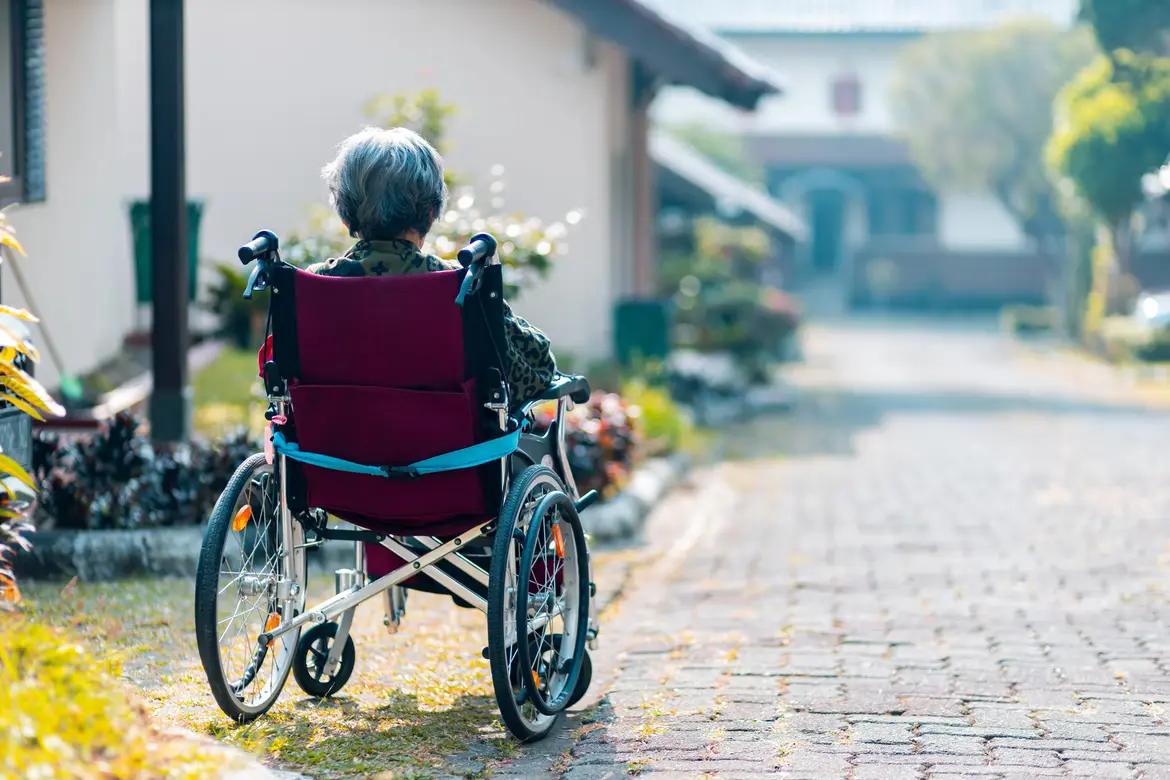
Source: Unsplash
Ways to Get stair lift Funding
There are other ways you can research to help cover the cost of installing a stair lift in your home.
Financial assistance through a community-based services program.
Financial assistance through other state programs.
Financial assistance through your local county health services.
Where Can I Learn More about Medicare Coverage?
While Original Medicare doesn’t offer coverage for stair lift, there are health care programs that you may be able to use to fund a part or all of your stair lift costs.
Keep in mind that different models and installation costs will affect how much you’ll pay for a stair lift in your home. If the price is too high, you can look into other options to offer you some degree of mobility assistance in your home.
If you’re interested in learning about other coverage questions for Medicare, Medicare Advantage, and Medicaid, visit our Medicare Hub to read our latest articles.
If you want to find Medicare Advantage Plans that offer extensive coverage for medical equipment, such as stair lifts, reach out to our Medicare agents at 1-888-912-2132 or help@policyscout.com to get assistance.